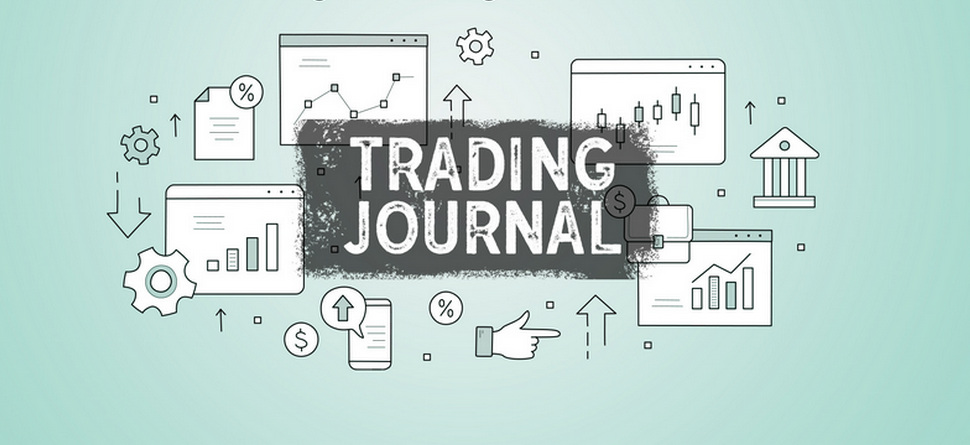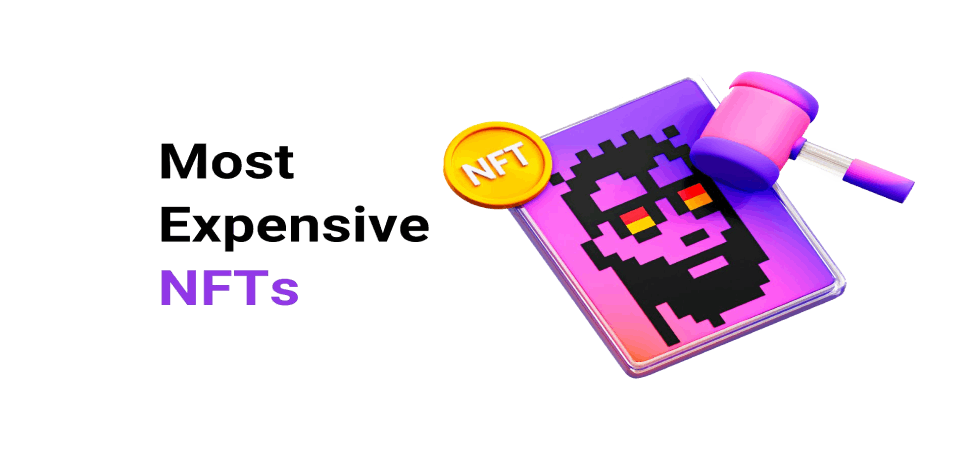17.01
Share ArticleHow to trade without using your funds
Leverage is your additional investment potential. It increases your profits and multiplies your losses. Today, leverage is offered by almost all brokers, but you should use it carefully.
With all the existing financial mechanisms and products, traders can use many trading strategies. The problem is that sometimes there is not enough capital for everything - or you want to secure your own funds.
That's when traders use margin trading. It is possible precisely because of leverage. This tool is very useful in the hands of skillful traders and very risky in the hands of beginners. To use it correctly, you need to know the basics:
What is leverage
Leverage is a mechanism to increase your capital. It allows you to buy and sell for larger amounts than you actually have.
The funds in your trading account are divided into two categories. Linked margin - this is money that you can invest in positions you already have open. Available margin is money that you can use to open new ones.
If at any point your margin level is not covered by your personal funds, a margin call occurs. This means that you need to close your positions to reduce your margin. Another option is to fund your account to increase it. But if you do nothing, the broker will close the positions for you.
How leverage works
If you trade anything using leverage, you become a debtor. The creditor is your broker.
Each broker has a list of assets. For each of them he sets his margin, i.e. funds to cover the risk of this position. For each asset the leverage will be different.
If the requirement is 1/50, it means that you can open a position for 50 dollars with only 1 in free margin. Here 1/50 is the required margin and 50 is the maximum leverage allowed.
Simply put, if your leverage is 50, then your profit and your loss will be multiplied by 50. Leverage serves as a kind of leverage. If your position changes, you will either gain 50 dollars or lose it. You have invested only 1 dollar.
Experienced traders often take a large leverage if they make a short-term deal. But if the deal is long-term, the leverage is already smaller or is not used at all.
Almost all financial derivatives have leverage. The most prominent of them are CFDs and index futures. Forex brokers often give a large leverage so that you can play on market fluctuations. Use it very carefully.
Leverage risk management
With leverage, you can increase your potential profits, but by doing so, you increase your risk. This should not be forgotten.
If you use leverage for Forex trading, you need to set up risk management rules. In order to reduce the dangers, you can use special orders. They will help you manage your leverage better:
Stop loss orders
A stop loss order will limit your losses to a certain amount if the price moves against you. You decide the price level at which your trade will automatically close. This way you decide how much you are willing to lose.
Trailing Stop Loss Orders
These orders work in much the same way: they limit your losses. In addition, if the price moves in your favor, trailing stop loss orders can follow the movement and increase your profits.
Guaranteed Stop Loss Orders
Guaranteed Stop Loss Orders (GSLO) are very similar to regular stop loss orders, but here you set an absolute limit on the possible losses on a particular trade. This means that your trade will definitely be closed at a certain price.
This guarantee costs money. You will pay a small commission when the order is executed. The amount of the commission is usually stated in the order itself.
In addition to these orders, you should learn how leveraged products work in general. This will allow you to avoid making silly mistakes while you are still new to trading.
Don't trade intuitively. Experienced traders who use leverage constantly perform chart analysis, fundamental and technical analysis - and even behavioral analysis.
Many beginners use it to increase their profits and don't realize that they are increasing their losses equally. This is not the way to do it. On the other hand, leverage can be used in other ways.
For example, traders can use leverage to adapt their position size to market volatility. Another option is to use it to limit the amount of capital needed to open and maintain a hedge.
Conclusion
Like many other financial tools, leverage can be particularly useful when used correctly. However, to prevent this useful tool from becoming a lump in your throat, you need to be careful.
Only use leverage when you are willing to take the risks you have chosen. Risks, in turn, always try to minimize with orders. This way you can gain experience before using leverage to its full potential.


Reviews